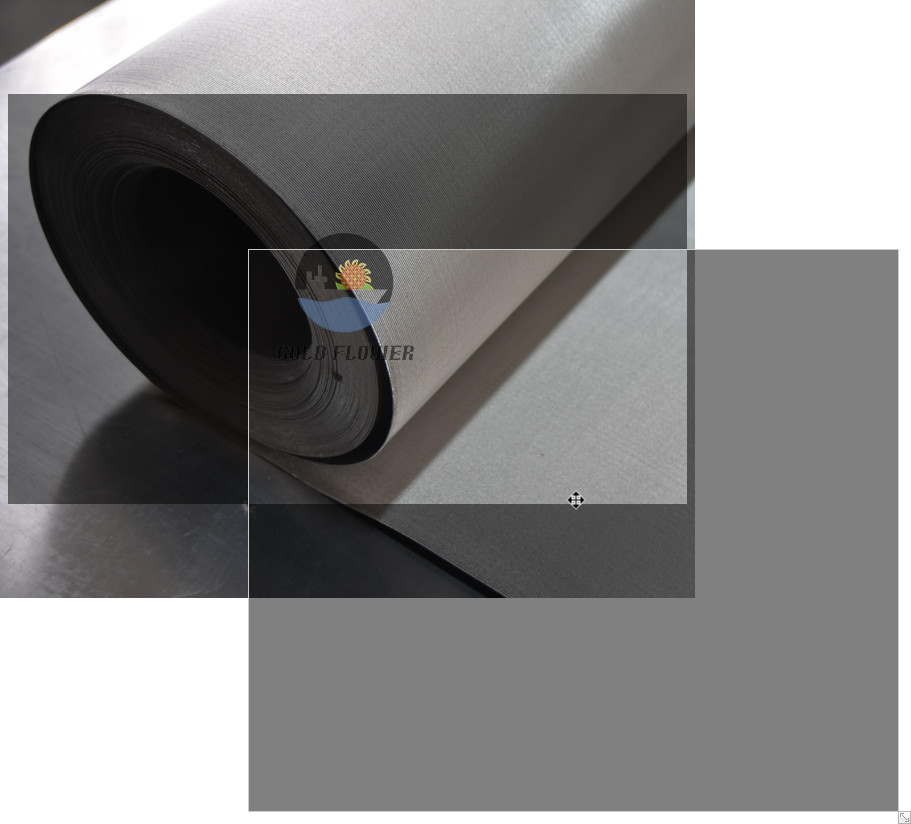Oct . 19, 2024 18:21 Back to list
wire cloth
Understanding Wire Cloth A Versatile Material for Various Applications
Wire cloth, often referred to as wire mesh or wire screen, is a versatile material made by weaving or welding strands of metal wire together to form a grid-like structure. Its unique properties make it suitable for a wide range of applications across various industries. This article will delve into the characteristics, manufacturing processes, types, and uses of wire cloth, as well as the considerations to keep in mind when selecting the right type for specific applications.
Characteristics of Wire Cloth
Wire cloth is known for its durability, strength, and resistance to corrosion, making it ideal for both indoor and outdoor use. The wire used in its construction can be made from various materials, including stainless steel, galvanized steel, brass, and aluminum. Each material has its unique properties that make it suitable for different environments. For instance, stainless steel wire cloth is favored in environments where corrosion resistance is crucial, such as in chemical processing, food processing, and marine applications.
The mesh size and opening can be tailored to meet specific filtration or screening requirements, allowing for precise control over what materials pass through. Typically, wire cloth is characterized by its mesh count, which refers to the number of holes per linear inch; a higher mesh count indicates smaller openings. This feature is particularly useful in industries requiring filtration processes, where it is essential to filter out particles of specific sizes.
Manufacturing Processes
The process of manufacturing wire cloth generally involves either weaving or welding wire strands together. In woven wire cloth, thin wires are intertwined to create a fabric-like structure. This method is quite versatile and allows for the production of different patterns and mesh configurations. On the other hand, welded wire cloth involves crossing the wires at right angles and welding them together at the joints, creating a sturdier and more rigid structure.
The selection of the manufacturing process often depends on the intended use of the wire cloth. For applications that require a higher degree of strength, such as construction or security fencing, welded wire cloth is preferred. Conversely, for applications requiring flexibility and lighter material, woven wire cloth may be more suitable.
Types of Wire Cloth
Wire cloth comes in various types, each engineered for specific applications
wire cloth

1. Woven Wire Cloth Commonly used in filtration applications, it offers a wide range of mesh sizes and is ideal for situations requiring mechanical separation of particles.
2. Welded Wire Cloth Known for its structural integrity, this type is often used in security meshes, panels, and construction sites. The welding process enhances its strength and makes it less prone to deformation.
3. Perforated Metal While not traditional wire cloth, perforated metal sheets can serve similar purposes, allowing for air, light, or liquid to pass through while providing strength and durability.
4. Expanded Metal Another variant, expanded metal, is made by cutting and stretching metal sheets to create a mesh pattern that is both strong and lightweight.
Applications of Wire Cloth
Wire cloth is incredibly versatile, finding applications in numerous industries. In the construction industry, it is used for reinforcing concrete and creating security barriers. In the manufacturing sector, it finds utility in sieving and filtering processes, such as separating different grades of minerals or in wastewater treatment.
In the food industry, wire cloth is employed in the processing and packaging of food products, ensuring safety and compliance with health regulations. Additionally, it is used in electronics for grounding and EMI shielding. The automotive and aerospace industries also utilize wire cloth for components that require light weight yet high strength.
Selecting the Right Wire Cloth
When selecting wire cloth for a specific application, several factors should be considered, including the environment it will be used in (indoor vs. outdoor), the type of materials it will encounter, and the desired mesh size. Understanding these factors will help ensure optimal performance and longevity of the wire cloth, ultimately leading to improved efficiency in the user’s operations.
In conclusion, wire cloth is a fundamental material that plays a crucial role across various sectors due to its versatility, strength, and customizability. Whether used in construction, manufacturing, food processing, or beyond, understanding the properties and applications of wire cloth allows businesses and individuals to harness its capabilities effectively.
share
-
CE Certification 250 Micron Stainless Steel Mesh for Industrial Use
NewsJul.25,2025
-
CE Certification Metal Fine Mesh for Safety & Durability
NewsJul.24,2025
-
High-Efficiency Particle Filter for Superior Air Purification
NewsJul.23,2025
-
CE Certification 250 Micron Stainless Steel Mesh for Industrial Use
NewsJul.22,2025
-
CE Certified 250 Micron Stain Steel Mesh - Durable & Safe
NewsJul.21,2025
-
CE Certified 250 Micron Stainless Steel Mesh - High Durability & CE Approved
NewsJul.21,2025

